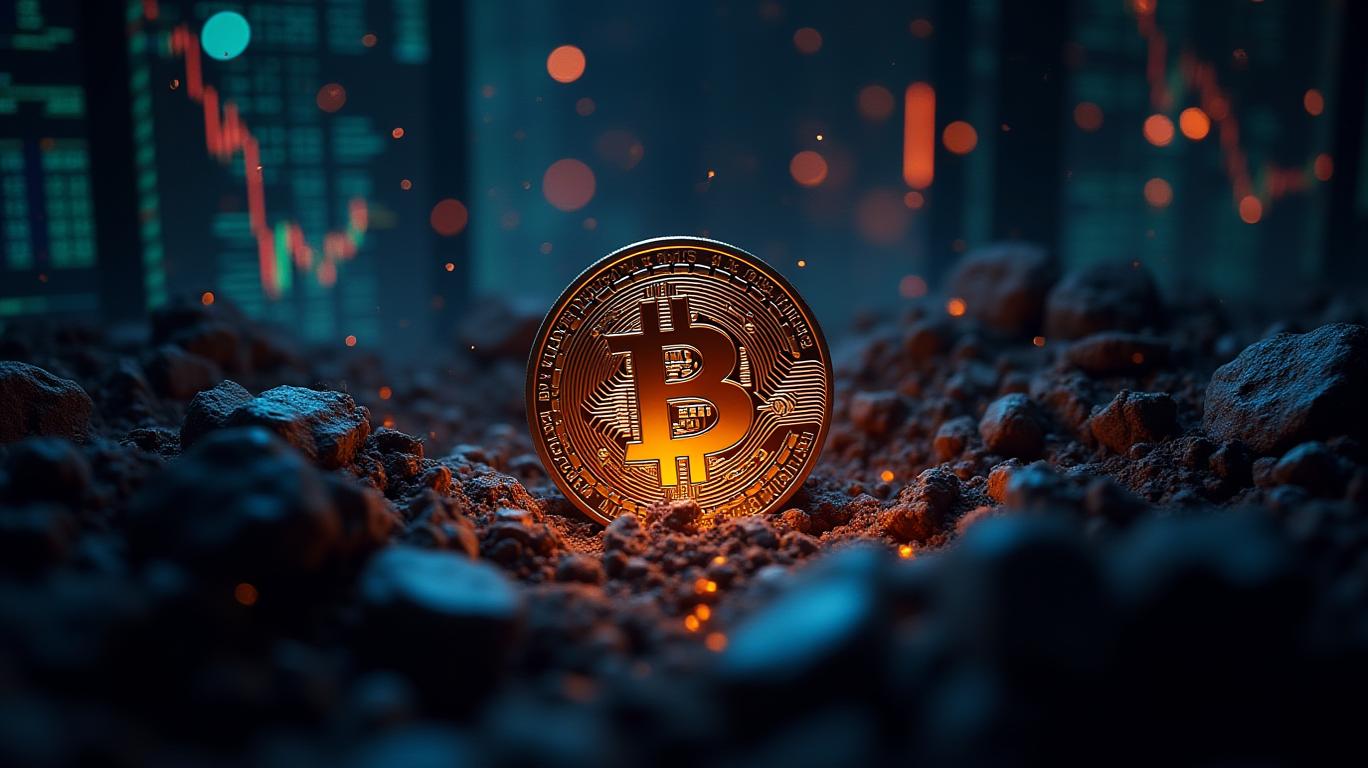Bitcoin Mining Slows as 93.3% of Supply is Mined
As of May 2025, approximately 19.6 million Bitcoin (BTC) have been mined, representing about 93.3% of the total supply of 21 million BTC. This leaves roughly 1.4 million BTC yet to be created, which will be mined at a much slower pace due to the halving events that occur approximately every four years. The halving events reduce the
reward, which was initially 50 BTC and has been halved multiple times since Bitcoin's launch in 2009. By the end of 2020, over 87% of the total supply had already been mined, and subsequent halvings will continue to slow down the rate of new issuance, extending the mining process over a century.According to current estimates, 99% of all Bitcoin will have been mined by 2035, but the final fraction of Bitcoin, known as the last satoshis, won’t be produced until around the year 2140. This engineered scarcity, combined with an immutable supply cap, draws comparisons between Bitcoin and physical commodities like gold. However, Bitcoin's supply is even more predictable, as its issuance rate is transparently declining, unlike gold's supply, which grows at around 1.7% annually.
While over 93% of Bitcoin’s total supply has been mined, a significant portion is permanently out of circulation due to forgotten passwords, misplaced wallets, destroyed hard drives, or early adopters who never touched their coins again. Estimates suggest that between 3.0 million and 3.8 million BTC, roughly 14%-18% of the total supply, is likely gone for good. This includes high-profile dormant addresses like the one believed to belong to Satoshi Nakamoto, which alone holds over 1.1 million BTC. This means Bitcoin’s true circulating supply may be closer to 16 million-17 million, not 21 million. Unlike gold, which can be remelted and reused, Bitcoin cannot be resurrected once access is lost, giving it a kind of hardening scarcity where its supply not only stops growing over time but quietly shrinks.
As Bitcoin matures, it is entering a monetary phase similar to gold, characterized by low issuance, high holder concentration, and increasing demand-side sensitivity. However, Bitcoin takes this further, with a hard supply cap, a permanent loss rate, and a publicly auditable distribution. This may lead to several outcomes, including increased price volatility as available supply becomes more limited and sensitive to market demand, higher long-term value concentration in the hands of those who remain active and secure in their key management, and a premium on liquidity, where actually spendable BTC trades at a higher effective value than dormant supply.
There is a popular assumption that as Bitcoin’s block rewards shrink, the network’s security will eventually suffer. However, the mining economy is far more adaptive and resilient. Bitcoin’s mining incentives are governed by a self-correcting feedback loop: if mining becomes unprofitable, miners drop off the network, triggering a difficulty adjustment. Every 2,016 blocks, the network recalibrates mining difficulty to keep block times steady at around 10 minutes, regardless of how many miners are competing. This mechanism has already been tested at scale, such as after China banned mining in mid-2021, and the network continued to function without interruption.
Critically, the idea that lower rewards will inherently threaten network security overlooks how mining is tied to profit margins, not nominal BTC amounts. As long as the market price supports the cost of hash power, miners will continue to secure the network. Even a century from now, when the block reward approaches zero, the network will likely still be protected by whatever combination of fees, base incentives, and infrastructure efficiency exists at that time. In the meantime, the current system—hashrate adjusts, difficulty rebalances, miners adapt—remains one of the most robust elements of Bitcoin’s design.
It’s a common misconception that rising Bitcoin prices will drive endless energy use. In reality, mining is constrained by profitability, not price alone. As block rewards shrink, miners are pushed toward thinner margins, chasing the cheapest, cleanest energy available. Since China’s 2021 mining ban, hashrate has migrated to regions like North America and Northern Europe, where operators tap into surplus hydro, wind, and underutilized grid energy. Between 52% and 59% of Bitcoin mining now runs on renewables or low-emission sources, and regulations are reinforcing this trend by offering incentives for clean-powered mining or penalizing fossil-fuel operations. The idea that higher BTC prices will always mean higher energy use misses how Bitcoin self-regulates: more miners raise difficulty, which compresses margins, capping energy expansion. Renewable-based mining brings its own challenges, but the dystopian future of endlessly expanding fossil-fueled hash power is increasingly unlikely.


Comments
No comments yet